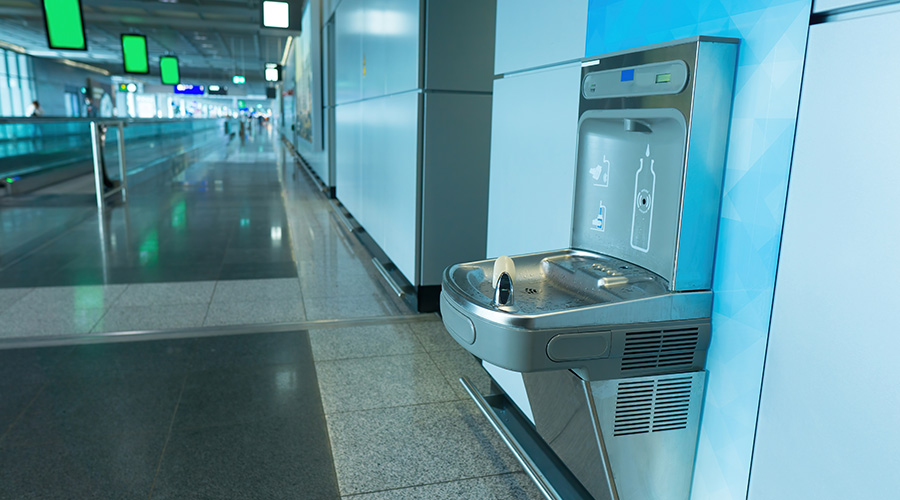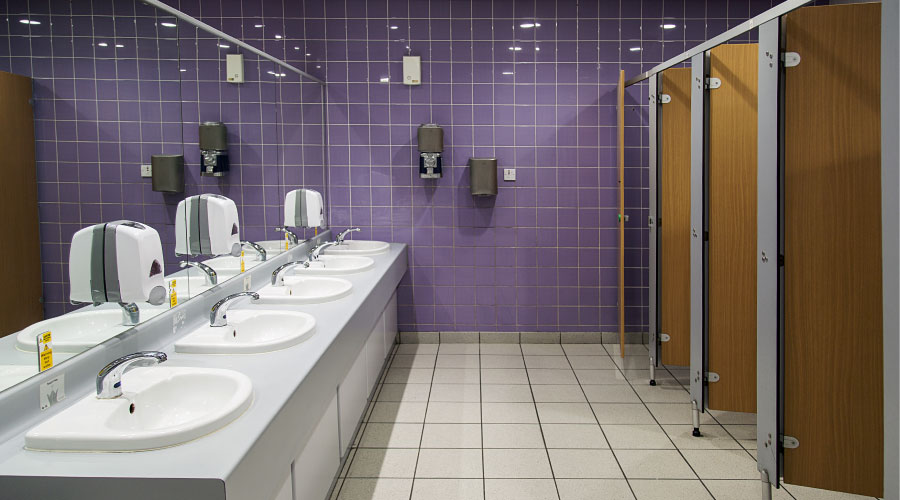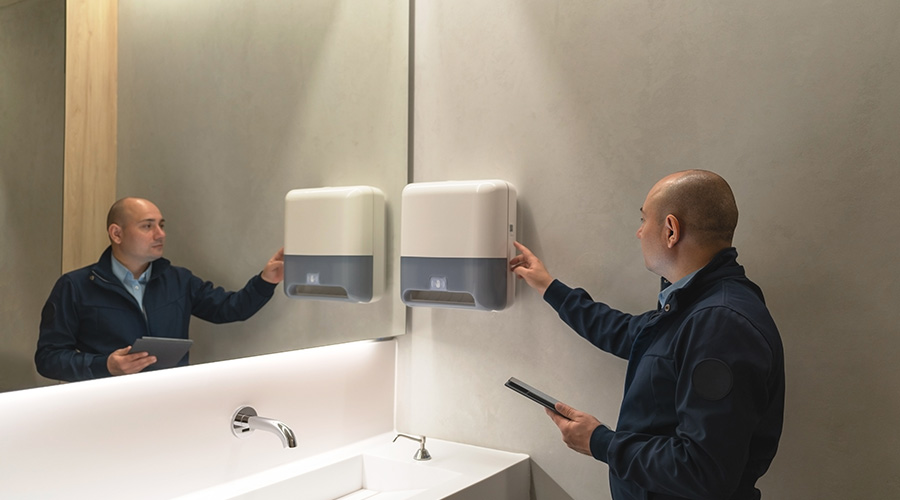Water Conservation: Common Targets for Waste
As the demand for water grows and drives up its cost, maintenance managers are trying harder to eliminate water waste and incorporate technology that minimizes water use. But incorporating such technology can involve large initial costs. So to secure financing for such projects, managers will need to quantify the expected cost savings.
A comprehensive approach that includes identifying water waste and quantifying savings from installed products can help managers develop a cost-effective, efficient program to cut costs and minimize the environmental impact of facilities.
Looking for Trouble
The most common water-waste problems fall into three classes: behavioral, operational and equipment related.
Behavioral problems occur because users are inattentive to waste. Operational problems occur because procedures themselves promote waste. And problems result from older, less efficient equipment that uses more water than newer, more efficient models.
Water waste occurs in any of the water-using systems in facilities, including restroom plumbing, heating, cooling, landscapes and operating processes.
Restrooms. In restrooms, where toilets, urinals, lavatories and showers use a great deal of water daily, many fixtures date back before 1992, when they consumed twice as much water as newer designs do today. They also might be worn out from normal cycling wear and tear and, as a result, tend not shut off as completely as they did when new. The associated piping also might have developed some less visible leaks hidden in wall panels.
Heating systems. These systems include boilers that generate steam or hot water for heating. Some systems are once-through systems that connect to the sewer and discharge the used, chemically treated hot water or condensate as wastewater, which must be replaced as it is used.
Even in systems that return condensate to the feed-water system, it is rare that the returned water is 100 percent of the makeup water. The difference must be added from the fresh-water supply and treated chemically by pumping it into the boiler.
Cooling systems. These systems circulate heated water to cooling towers, where some of it must be replaced because it is lost through evaporation, spray into the atmosphere or leaks.
Landscaping. Turf, plants, shrubs and trees require water, much of which is lost by evaporation or runoff without proper planning.
Operational procedures. To the above water losses, add custodial activities that use water, including cleaning and sanitizing restrooms, cleaning floors, walls, vehicles, windows, walks, and other interior and exterior building surfaces.
Related Topics:














